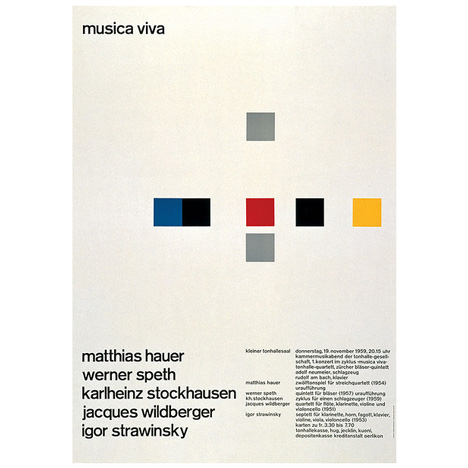Produced a typeface directly inspired by the abstract minimalism of Bauhaus experimental typography. The series of posters produced represent sections of the manifesto for the Bauhaus envisioned by founder Walter Gropius
'Experimental spiky type' - 2014 - represents a desire to abstract and reduce letter forms down to their most minimal state, for me this typeface embodies the ideals and principles of the Bauhaus in a uniquely contemporary way. This typeface also explores notions of legibility and functionality, representing postmodernist concerns. To me, the designers interests and mentality oscillate between modernist and postmodernist, sitting an intersection between the the two schools.
Bauhaus Quotes
Bauhaus manifesto

The typeface was then translated into a set of wallpaper designs, which have a distinctly deconstructionist aesthetic to them. They are visually chaotic yet highly intriguing. The designs manipulate image and type to create a surface which is difficult to interpret. There is little point to the wallpaper but this is exactly the point. It is purely experimental and embodies postmodernist attitudes and principles.














